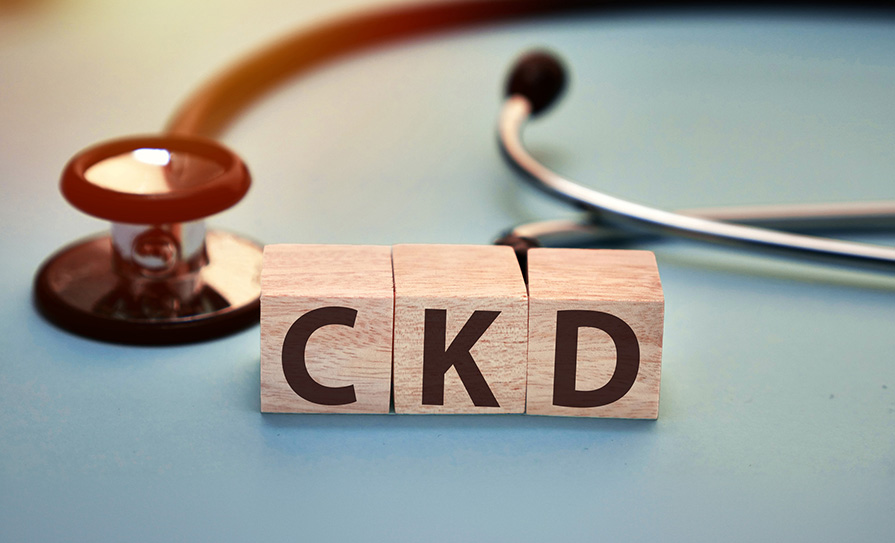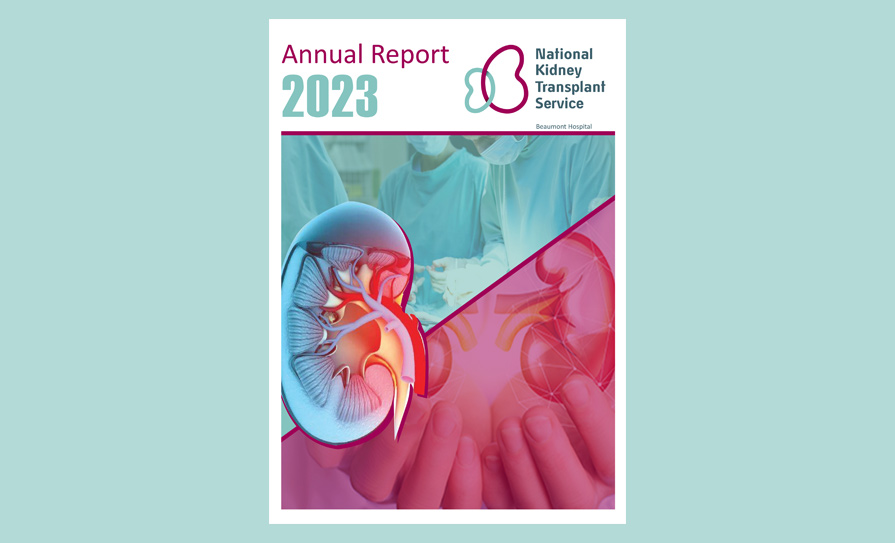The HSE report, Continuum of HIV Care: Ireland 2017, estimates that the number of people living with HIV is between 5,000 and 7,000.
Almost 13 per cent of this population, or 929 people, are undiagnosed. More than 5,300 individuals attended HIV services for treatment in 2017.
The report comes after a national steering group was established last year to support the monitoring of the continuum of HIV care in Ireland.
The continuum of HIV care is a “conceptual framework that enables countries to monitor the effectiveness of key areas of their HIV programme”, according to the report.
It provides a “snapshot of the critical stages in care among people living with HIV (PLHIV) and identifies the areas that require improvement”.
According to UNAIDS targets, by 2020, some 90 per cent of PLHIV will know their status, 90 per cent of those diagnosed will receive antiretroviral therapy (ART) and 90 per cent of those on ART will be virally suppressed.
However, the report reveals that Ireland is failing in the first two of these targets, with only 87 per cent diagnosed and 83 per cent receiving ART. Of those on ART, 95 per cent are virally suppressed.
Improvement in the diagnosis rate could be achieved by improving knowledge and awareness of HIV and the benefit of testing among the public and healthcare professionals.
Addressing barriers to testing “such as HIV stigma” is also required.
“Current HIV testing initiatives, for example community-based, peer-led HIV testing, need to continue and strengthen, particularly in relation to targeting populations at risk,” it states.
“New HIV testing initiatives, for example HIV self-testing, need to be considered. Monitoring frameworks for HIV testing initiatives are currently in development. These are central to understanding who to test, where and how, and will ensure that testing programmes are reaching the right people.”













Leave a Reply
You must be logged in to post a comment.